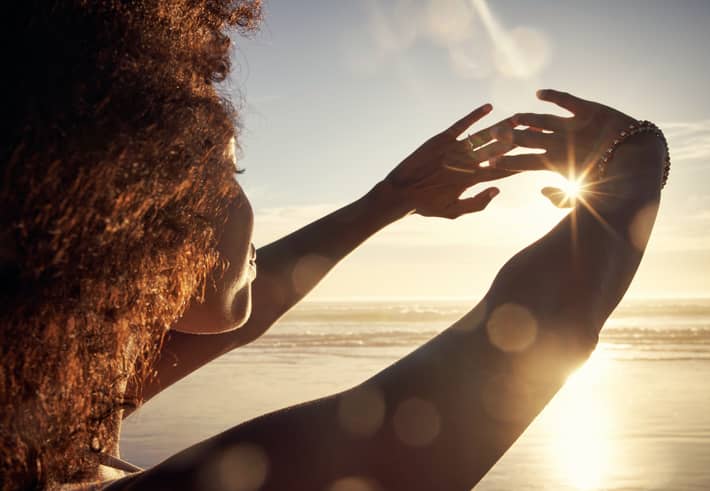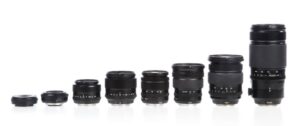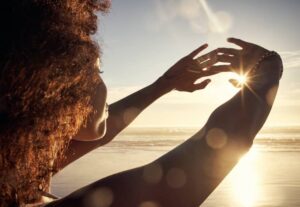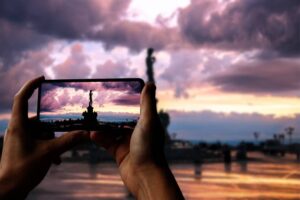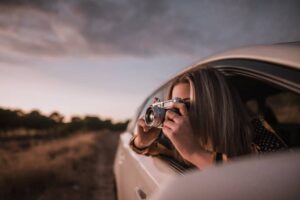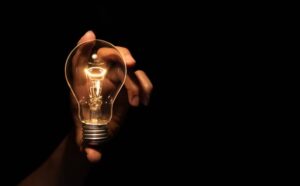We talk a lot about the importance of keywording your photos for stock. After all, keywords are how most buyers will find your images.
If you aren’t sure how this process works, this post will get you up to speed.
When adding keywords, have you ever considered the lighting in your scene?
Light often adds a particular mood or feeling to an image and it can also help tell a story. For this reason, buyers might search for particular keywords related to lighting to help them find the perfect image for their project.
When you’re coming up with your list of keywords, it definitely can’t hurt to add a couple of terms to describe the light in your photo.
Here are some ideas to get you started…
Ambient Light: This term refers to using whatever light is naturally in your scene. It means that you didn’t add or modify the light, you simply shot what was already there. For example, most landscape photographers primarily shoot ambient light. Portraits shot with window light would be another example of using ambient light.
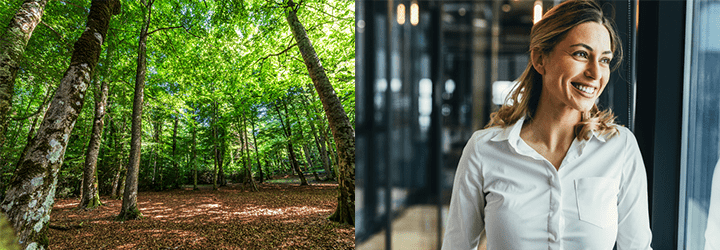
Warm Light vs. Cool Light: The color of your light can make a big difference in the mood of your photo. Warm light has a yellowish hue, while cool light is towards the blue end of the spectrum. Warm light tends to feel cozy and welcoming while blue light tends to feel more austere and serene.
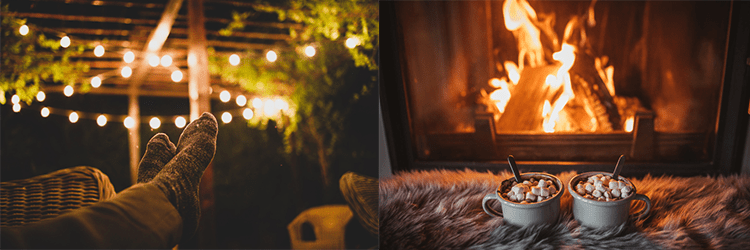
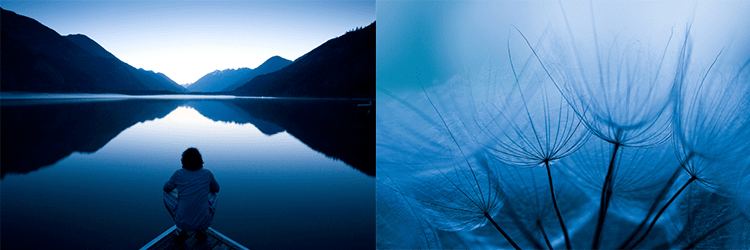
You can also use the terms “golden hour” to refer to shots taken in the warm light of sunrise or sunset. Similarly, photos taken at twilight could be labeled “blue hour”.
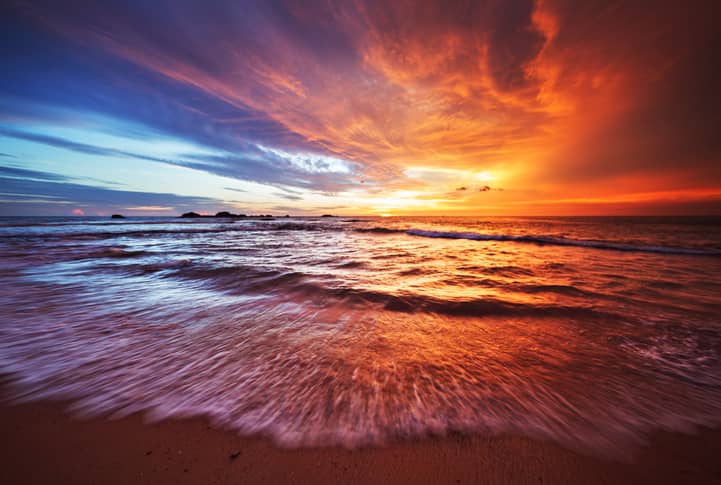
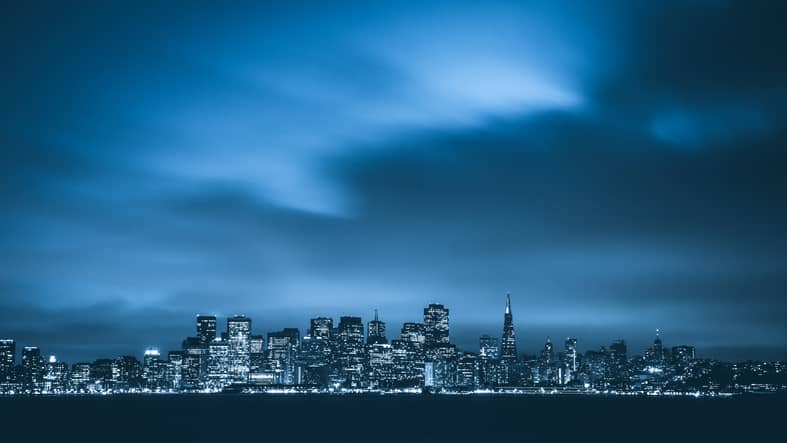
Diffused vs. High Contrast Light: If your subject is evenly lit in soft light you’re dealing with diffused light. This commonly occurs in the shade of a building or under a tree. Cloudy days will also give you diffused light. However, if you have strong shadows and bright highlights in your scene, you are dealing with direct, harsh, high contrast lighting.
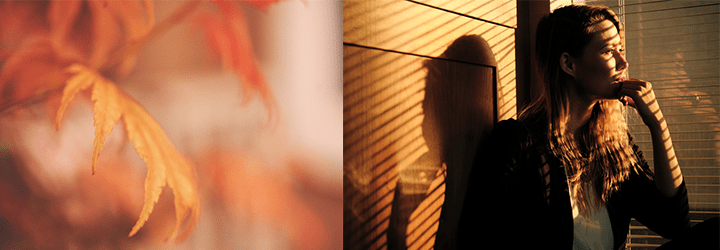
Backlit. When the light source emanates from behind your subject (in relation to your camera), it’s called backlighting. This often results in your subject becoming a silhouette. It can also look amazing with translucent subjects such as leaves or fabric.
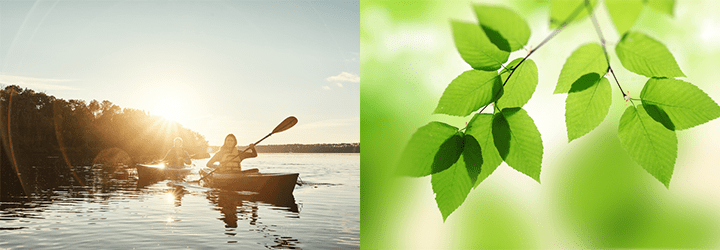
Rim Light: When a subject is backlit, sometimes it creates a rim of light outlining the subject. This is definitely worth noting as it’s a very dramatic and unique type of light.
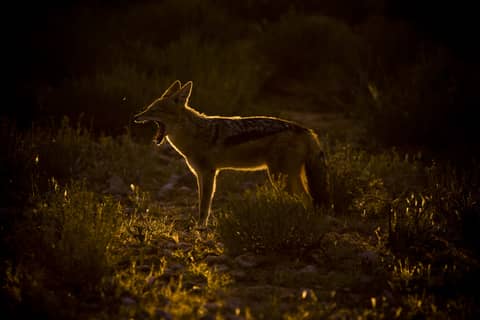
Studio Light: If you use artificial light for special effects, portraits, food, macro, or still life scenes, that would fall under the category of studio lighting.
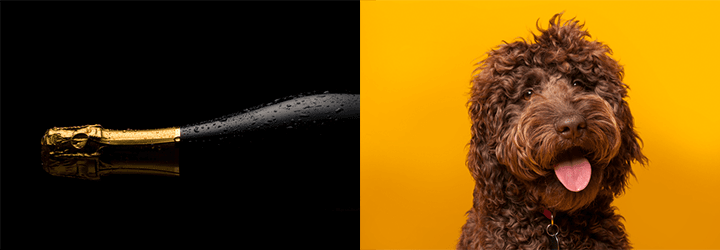
Tuning into different types of light will not only make you a better photographer, it will also make you a better keyworder for your stock photos!
— Daniel

